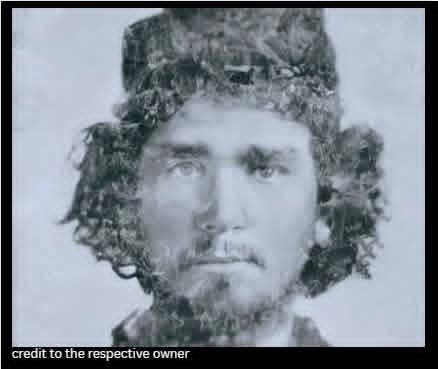July 2, 1863 — The Wheatfield, Gettysburg.
James F. Culbertson, a young soldier in Company K of the 1st Pennsylvania Reserves, charged into battle that morning like thousands of others.
But his fight ended in a flash of pain and smoke.
A bullet struck him just behind the right ear, passed through his neck, and exited behind his left ear—a wound that should have killed him instantly.
Instead, James lay motionless in a makeshift field hospital for two full days, unconscious and unattended.
Then—against every expectation—he opened his eyes.
There were no doctors. No orders. Just silence and blood-soaked grass.
So he stood up.
And he walked home—six miles to Middle Creek, near Emmitsburg. Alone. Bleeding. Barely alive.
Miraculously, he survived.
James lived another 54 years, passing away in 1917. One of his most cherished possessions? The hat he wore that day. The bullet holes—both entry and exit—still visible in the fabric.
You can still see that hat today.
It’s on display at the Gettysburg: Beyond the Battle Museum, a quiet relic of a moment no one believed was possible.
A testament to willpower. And a head wound that didn’t stop a man from walking home.
